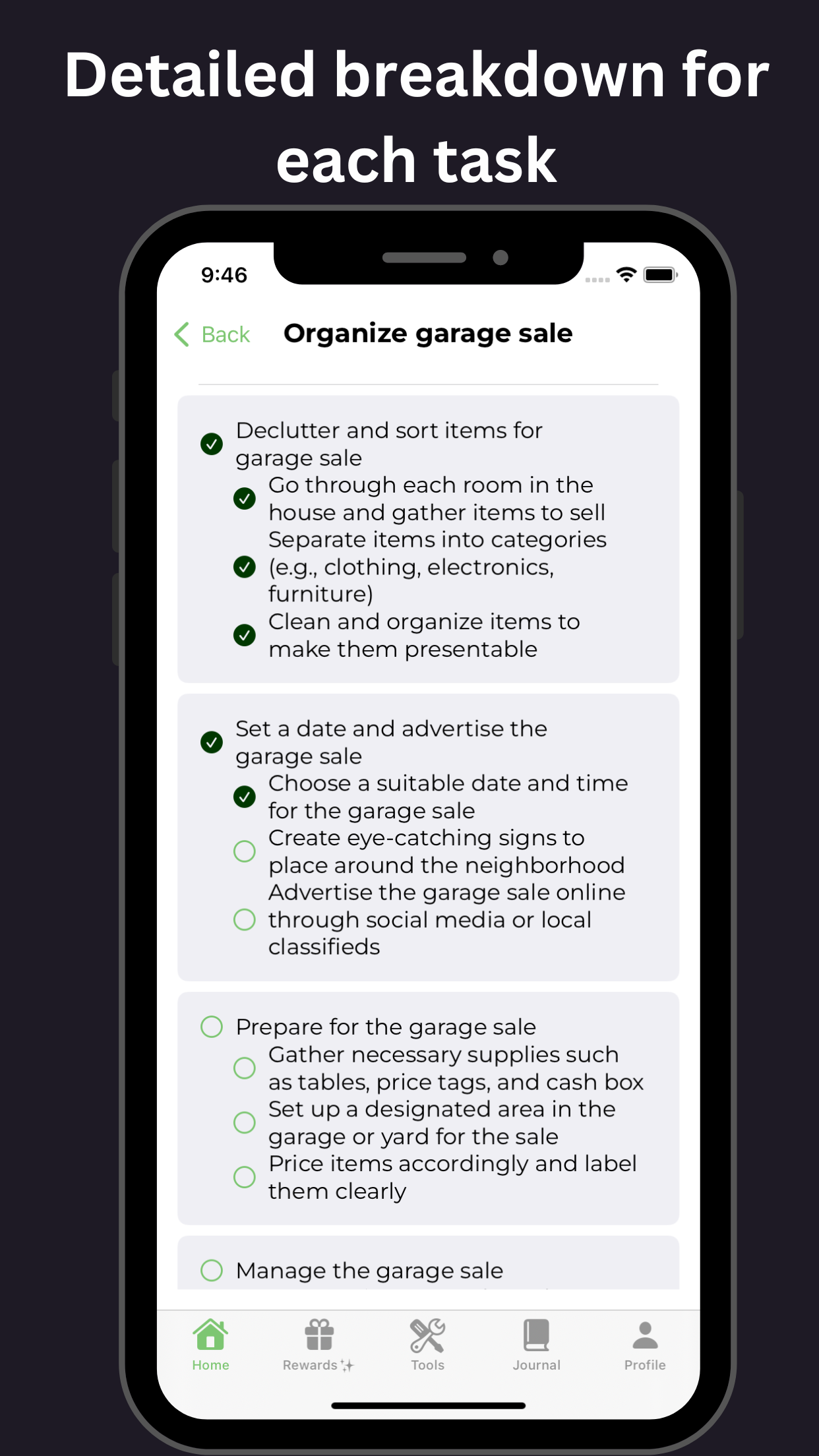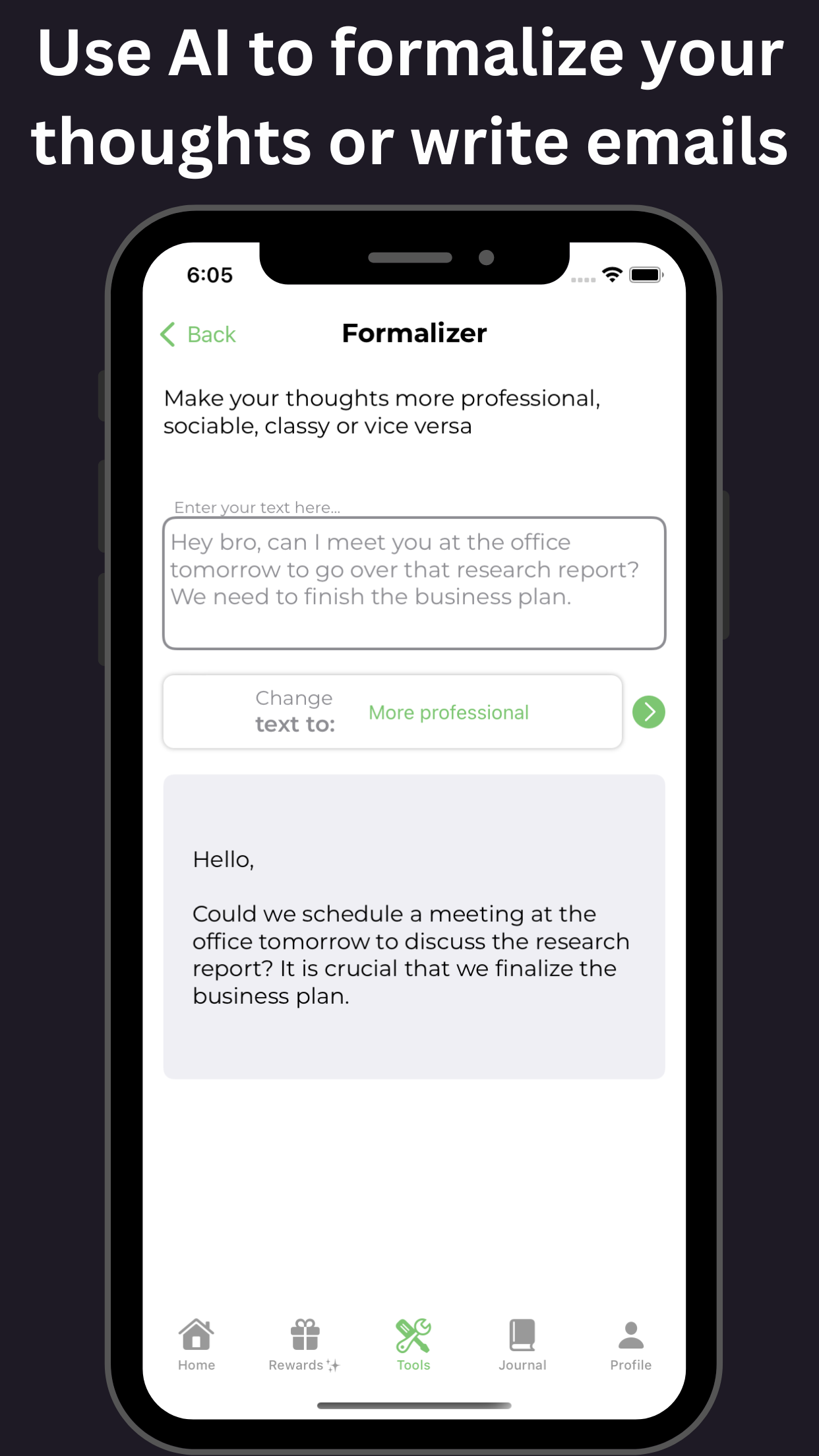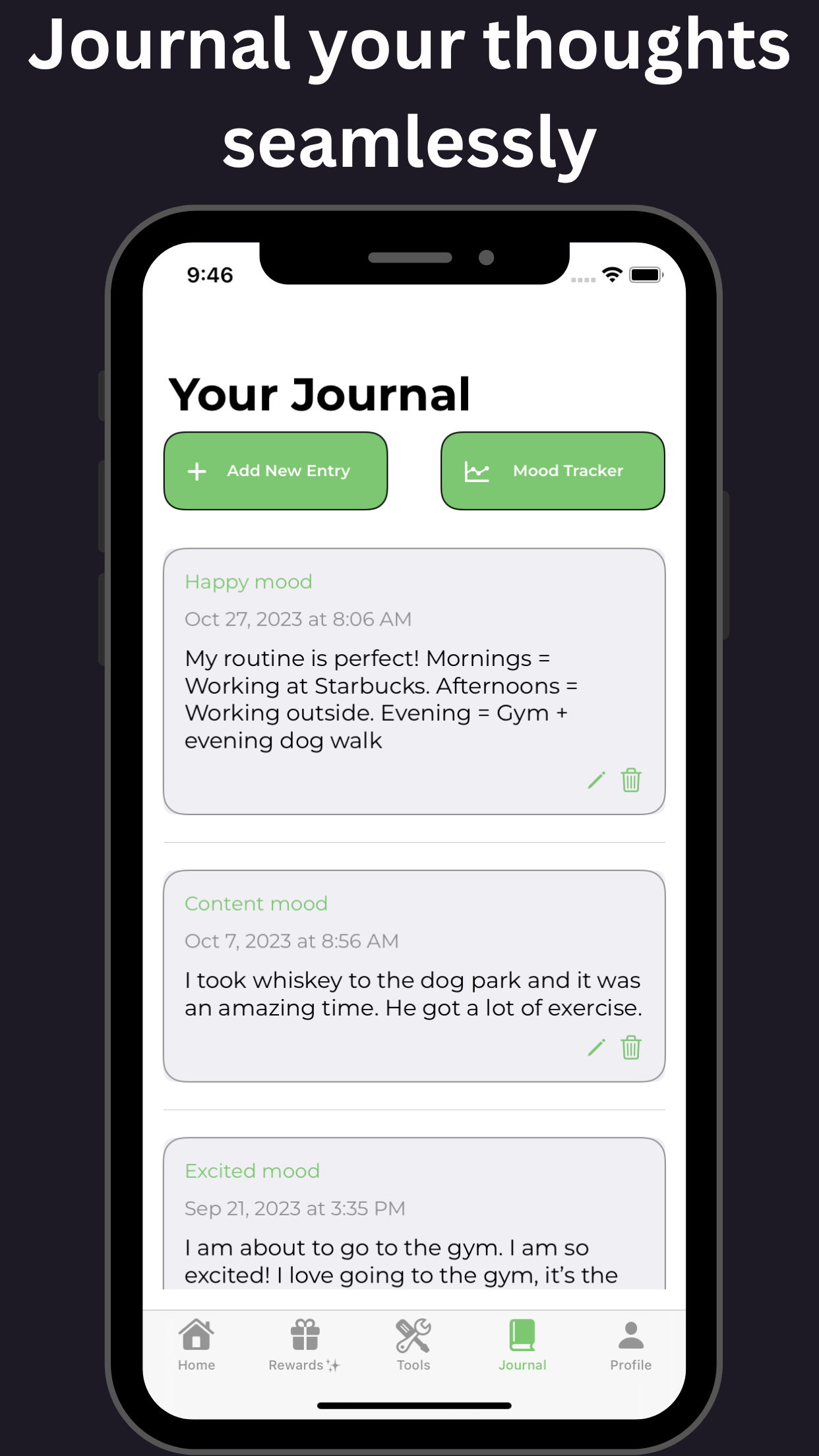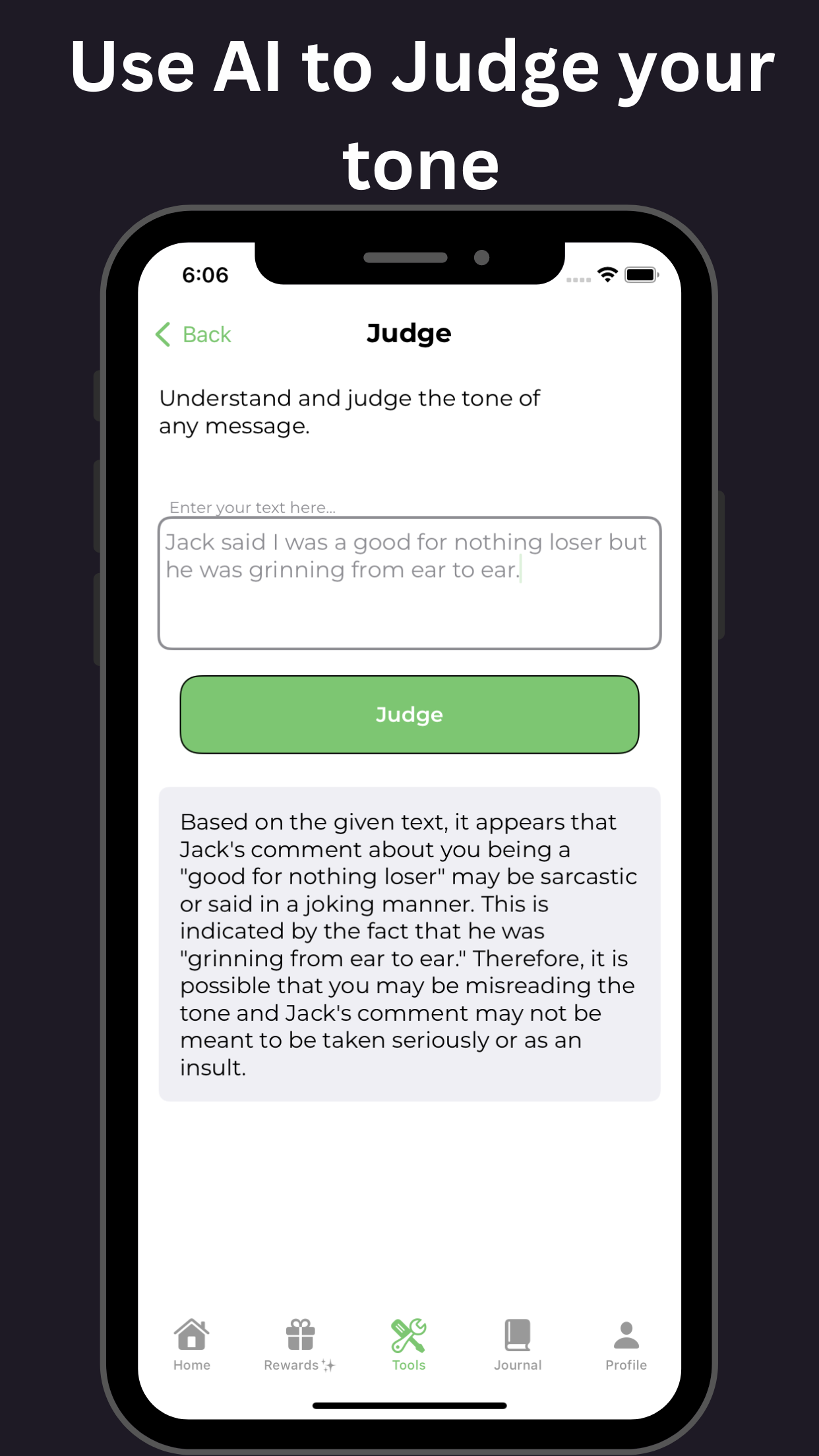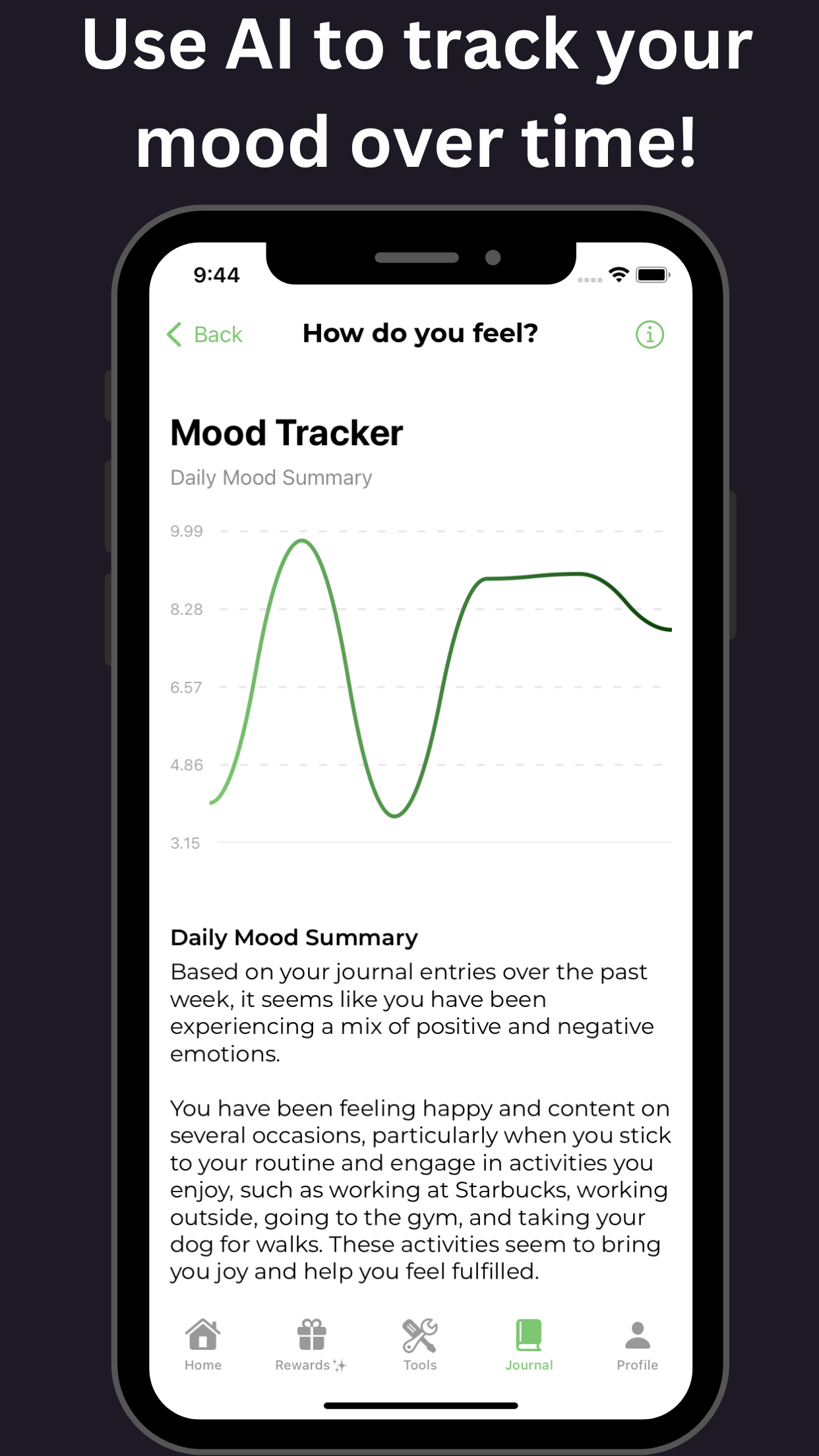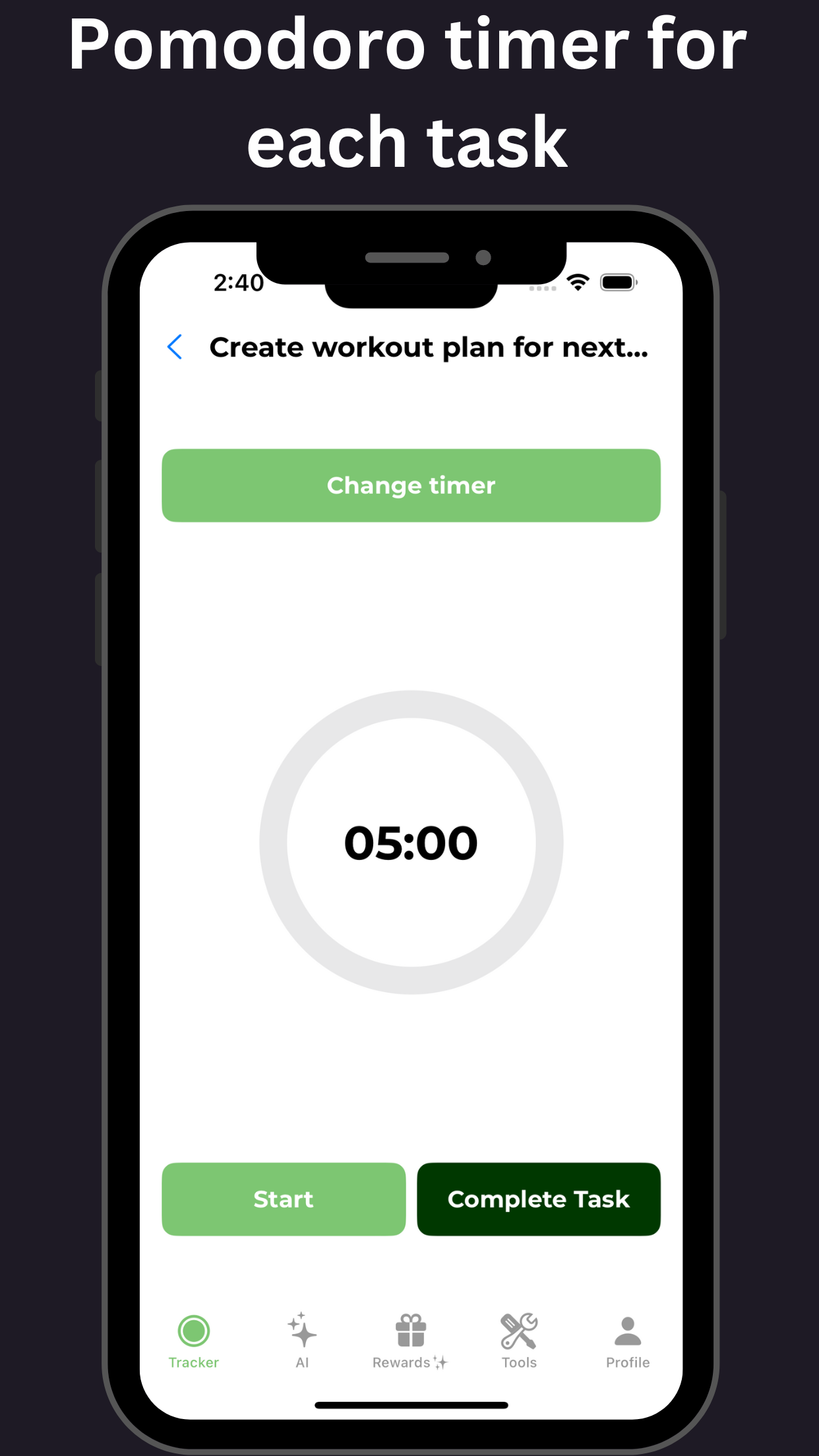Understanding ADHD Diagnosis: What the Connors Test for ADHD Reveals
Key Takeaways
| Key Takeaways | Description |
|---|---|
| What is the Conners' Test? | A rating scale that assesses symptoms of Attention Deficit Hyperactivity Disorder (ADHD) in children and adults. |
| Purpose | To identify behavioral problems, attention deficit, and hyperactivity in individuals. |
| Administered by | Mental health professionals, psychologists, and psychiatrists. |
| Forms | There are three forms: Conners' Parent Rating Scales (CPRS), Conners' Teacher Rating Scales (CTRS), and Conners' Adult ADHD Rating Scales (CAARS). |
| Questions | 50-115 questions, depending on the form, that assess symptoms of ADHD, oppositional behavior, anxiety, and other behavioral problems. |
| Rating scale | "Not true at all" to "very often true" (4-point scale) or 0-3 (3-point scale) to rate the frequency of symptoms. |
| Scoring | Raw scores are converted to T-scores, percentage, and percentile ranks to determine the severity of symptoms. |
| Validity and Reliability | The Conners' Test has been widely used and researched, demonstrating high validity and reliability in diagnosing ADHD. |
| What does it diagnose? | ADHD, including subtypes of Predominantly Inattentive Type, Predominantly Hyperactive-Impulsive Type, and Combined Type. |
| Age range | Forms are available for children (ages 6-18) and adults (18 years and older). |
Introduction to the Conners Test for ADHD: Overview of the Conners test and its significance in ADHD diagnosis.
Unlocking the Secrets of ADHD Diagnosis: A Comprehensive Guide to the Conners Test for ADHD
The Conners test for ADHD is a widely used, extensively researched, and reliable assessment tool designed to identify and diagnose Attention Deficit Hyperactivity Disorder (ADHD) in individuals of all ages. Developed by Dr. Keith Conners, a renowned expert in ADHD research, this comprehensive test is a cornerstone in the diagnostic process, providing healthcare professionals with valuable insights into the symptoms and behaviors associated with ADHD.
The Conners test for ADHD is a multi-informant assessment, which means it gathers information from multiple sources, including the individual being evaluated, their parents, teachers, and other caregivers. This multi-faceted approach ensures a more accurate diagnosis, as it considers various perspectives and environments.
The test is composed of several rating scales, questionnaires, and indexes that evaluate the presence and severity of ADHD symptoms, such as inattention, hyperactivity, and impulsivity. The Conners test for ADHD also assesses other factors that may influence ADHD symptoms, including cognitive and emotional functioning.
The significance of the Conners test for ADHD lies in its ability to:
- Identify ADHD symptoms and diagnose the condition with high accuracy
- Monitor treatment effectiveness and adjust medication or therapy plans accordingly
- Provide a comprehensive understanding of an individual’s strengths and challenges
- Facilitate early intervention and support for children and adults with ADHD
By using the Conners test for ADHD, healthcare professionals can develop a more accurate understanding of this complex condition, ultimately leading to more effective diagnosis, treatment, and management of ADHD.

What is the Conners Rating Scale?: In-depth explanation of theConners rating scale, its forms, and its application in assessing ADHDsymptoms.
Conners Rating Scale: A Comprehensive Guide to Assessing ADHD Symptoms
The Conners Rating Scale is a widely used diagnostic tool for evaluating Attention Deficit Hyperactivity Disorder (ADHD) symptoms in individuals of all ages. This multi-informant assessment is designed to assess the severity of ADHD symptoms, providing a comprehensive understanding of an individual’s behavior.
Forms of the Conners Rating Scale:
- Conners 3 (Conners3): A comprehensive assessment of ADHD symptoms, including inattention, hyperactivity, and impulsivity.
- Conners Comprehensive Behavior Rating Scales (CBRS): A detailed evaluation of behavioral and emotional functioning.
- Conners Early Childhood (EC): A specialized assessment for young children aged 2-6.
How the Conners Rating Scale Works:
The Conners Rating Scale consists of questionnaires completed by multiple informants, including parents, teachers, and the individual being assessed. The assessment is designed to evaluate the severity of ADHD symptoms, as well as other behavioral and emotional difficulties.
Applications of the Conners Rating Scale:
- Diagnostic Tool: The Conners Rating Scale is used in conjunction with other diagnostic tools to confirm an ADHD diagnosis.
- Treatment Planning: The assessment helps identify areas of strength and weakness, guiding treatment and intervention strategies.
- Monitoring Progress: Regular administration of the Conners Rating Scale tracks changes in symptom severity, allowing for adjustments to treatment plans as needed.
The Importance of the Conners Test for ADHD:
The Conners Rating Scale is a reliable and valid tool for assessing ADHD symptoms, providing valuable insights into an individual’s behavioral and emotional functioning. By utilizing the Conners test for ADHD, healthcare professionals can develop targeted treatment plans, leading to improved outcomes for individuals with ADHD.
Optimize your understanding of ADHD assessment with the Conners Rating Scale – a crucial step in accurately diagnosing and treating ADHD.
Conners 4 ADHD Assessment: How it Works: Detailed discussion of theConners 4 assessment, its features, updates, and potentiallimitations.
Here is a summary for the blog article about the Conners 4 ADHD assessment:
“The Conners 4 ADHD assessment is a comprehensive diagnostic tool used to identify and measure the severity of Attention Deficit Hyperactivity Disorder (ADHD) in individuals. This widely used assessment features a multi-informant approach, gathering information from teachers, parents, and the individual themselves to provide a comprehensive picture of ADHD symptoms. The Conners 4 assessment consists of multiple rating scales, including the Conners 4 Parent and Teacher Rating Scales, the Conners 4 Self-Report Long and Short Forms, and the Conners 4 ADHD Index. The assessment has undergone updates to improve its sensitivity and specificity, including the addition of new scales to measure inattention and hyperactivity. While the Conners 4 assessment is a valuable tool for diagnosing and monitoring ADHD, potential limitations include the reliance on subjective ratings and the need for trained professionals to administer and interpret the results. Overall, the Conners test for ADHD is a valuable tool for healthcare professionals, educators, and researchers seeking to understand and address ADHD in individuals of all ages.”
Scoring and Interpretation of the Conners Test: Understanding thescoring system and interpretation of results in the Conners test.
Scoring and Interpretation of the Conners Test: Unlocking the Secrets of ADHD Diagnosis
The Conners test is a widely used diagnostic tool for Attention Deficit Hyperactivity Disorder (ADHD) in individuals of all ages. To accurately diagnose ADHD, it’s essential to understand the scoring system and interpretation of results. Here’s a breakdown of the Conners test scoring and interpretation:
Scoring System:
- The Conners test consists of multiple forms, including the Conners 3, Conners CBRS, and the Conners Kiddie Continuous Performance Test (K-CPT).
- The scoring system involves a combination of ratings from parents, teachers, and self-report questionnaires.
- Each form has its own scoring system, but generally, the scores range from 0-27, with higher scores indicating more severe symptoms.
Interpretation of Results:
- The results are categorized into three levels: normal, elevated, and highly elevated.
- Normal scores indicate that the individual does not exhibit significant ADHD symptoms.
- Elevated scores suggest that the individual may be at risk of having ADHD, and further evaluation is necessary.
- Highly elevated scores are indicative of ADHD, and a comprehensive diagnostic evaluation is recommended.
Understanding the Conners Test for ADHD Diagnosis:
- The Conners test is not a definitive diagnostic tool but rather a screening instrument to identify individuals who may have ADHD.
- A comprehensive diagnostic evaluation, including a complete medical history, physical examination, and psychological assessment, is necessary to confirm an ADHD diagnosis.
- The Conners test is a valuable tool in the diagnostic process, but it should be used in conjunction with other assessments and clinical judgment.
By grasping the scoring system and interpretation of results, healthcare professionals and individuals can better understand the Conners test’s role in ADHD diagnosis and make informed decisions about further evaluation and treatment.
The Role of the Conners Test in ADHD Diagnosis: Exploring thesignificance of the Conners test in diagnosing ADHD and its role in thediagnostic process.
Here is a summary for a blog article about the Conners test for ADHD:
“The Conners test is a widely used assessment tool in the diagnosis of Attention Deficit Hyperactivity Disorder (ADHD). This comprehensive rating scale plays a vital role in the diagnostic process, providing valuable insights into an individual’s behavior, emotional functioning, and cognitive abilities. The Conners test for ADHD helps clinicians identify and quantify symptoms of inattention, hyperactivity, and impulsivity, facilitating a more accurate diagnosis. By exploring the significance of the Conners test in ADHD diagnosis, this article delves into its role in the diagnostic process, highlighting its importance in ensuring a comprehensive evaluation and effective treatment planning for individuals with ADHD.”
Note: I’ve included the long-tail keyword “Conners test for ADHD” in the summary to improve search engine optimization (SEO) for the article.
Conners Test for ADHD in Children and Adolescents: Understanding theapplication of the Conners test in assessing ADHD symptoms in childrenand adolescents.
The Conners Test is a widely-used assessment tool for identifying Attention Deficit Hyperactivity Disorder (ADHD) symptoms in children and adolescents. Specifically designed for individuals aged 6-18, this test helps professionals accurately diagnose and monitor ADHD symptoms. The Conners Test evaluates symptoms across three core areas: Inattention, Hyperactivity, and Impulsivity. It’s available in various formats, including the Conners 3, Conners CBRS, and Conners Kiddie Continuous Performance Test. The test provides valuable insights for parents, educators, and mental health professionals, enabling them to develop targeted intervention strategies to support children with ADHD.
Conners Test for ADHD in Adults: Overview of the Conners’ Adult ADHDRating Scales (CAARS) and its significance in assessing ADHD symptoms inadults.
Unlocking the Power of the Conners Test for ADHD in Adults: A Comprehensive Guide
The Conners Adult ADHD Rating Scales (CAARS) is a highly effective tool for assessing Attention Deficit Hyperactivity Disorder (ADHD) symptoms in adults. As a widely used diagnostic instrument, the Conners test for ADHD provides a clear understanding of the condition and its effects on daily life.
This evidence-based assessment consists of 30-40 items, which are divided into four subscales: Inattention, Hyperactivity, Impulsivity, and ADHD Index. The Conners test for ADHD is designed for self-reporting, observer ratings, and screening, allowing for a multi-faceted approach to diagnosis.
By utilizing the Conners test for ADHD, healthcare professionals can:
- Identify specific areas of impairment
- Develop targeted treatment plans
- Monitor treatment effectiveness
- Enhance patient outcomes
The significance of the Conners test for ADHD lies in its ability to accurately diagnose and monitor ADHD symptoms, leading to improved quality of life for adults affected by the condition.
Advantages and Limitations of the Conners Test: Discussing the benefitsand drawbacks of the Conners test in ADHD diagnosis and treatment.
Unlocking the Power of the Conners Test for ADHD: Weighing the Advantages and Limitations
The Conners test is a widely used diagnostic tool for Attention Deficit Hyperactivity Disorder (ADHD), offering valuable insights for healthcare professionals. Understanding the benefits and drawbacks of the Conners test is crucial for effective ADHD diagnosis and treatment.
Advantages:
- Accurate assessment: The Conners test provides a comprehensive evaluation of ADHD symptoms, ensuring a precise diagnosis and treatment plan.
- Comprehensive scoring system: The test’s multi-rater approach (parent, teacher, and self-report) offers a 360-degree view of the individual’s behavior.
- Early intervention: The Conners test helps identify ADHD symptoms in children and adults, enabling timely intervention and treatment.
Limitations:
- Subjective reporting: Raters’ biases and varying perceptions can impact the test’s accuracy and reliability.
- Cultural and linguistic limitations: The test’s standardized norms may not be applicable to diverse populations, potentially leading to inaccurate diagnoses.
- Overreliance on ratings: The test’s reliance on self-reporting and observer ratings can lead to inaccurate diagnoses if not supplemented with other diagnostic tools.
By recognizing the advantages and limitations of the Conners test for ADHD, healthcare professionals can optimize its use, ensuring a more accurate diagnosis and effective treatment plan.
Comparison with Other ADHD Assessment Tools: Comparing the Conners testwith other ADHD assessment tools and rating scales.
The Conners test for ADHD is a widely used assessment tool for identifying attention deficit hyperactivity disorder, but how does it compare to other ADHD assessment tools and rating scales? In comparison to the Vanderbilt Assessment Scale, the Conners test for ADHD provides a more comprehensive evaluation of ADHD symptoms, including inattention, hyperactivity, and impulsivity. Meanwhile, the SNAP-IV rating scale focuses more on symptoms of ADHD-PI, making the Conners test a more suitable option for diagnosing ADHD-C. The BASC-2, on the other hand, offers a broader assessment of behavioral and emotional functioning, whereas the Conners test for ADHD specifically targets ADHD symptoms. Overall, the Conners test for ADHD provides a unique and valuable perspective on ADHD assessment, making it a valuable tool in the diagnostic process.
Best Practices for Administering the Conners Test: Tips andguidelines for administrators to ensure accurate and effective use ofthe Conners test.
Mastering the Conners Test for ADHD: Expert Guidelines for Accurate Administration
When it comes to diagnosing and monitoring Attention Deficit Hyperactivity Disorder (ADHD), the Conners test is a valuable tool for healthcare professionals. To ensure accurate and effective use of this assessment, administrators must follow best practices for administering the Conners test for ADHD. Here are the top tips and guidelines to guarantee reliable results:
-
Familiarize yourself with the test format: Understand the various Conners test formats, including the Conners 3, Conners CBRS, and Conners Kilpatrick, to select the most suitable one for your patient population.
-
Establish a comfortable testing environment: Minimize distractions, ensure adequate lighting, and provide necessary accommodations to help patients feel at ease during the testing process.
-
Provide clear instructions and examples: Ensure patients comprehend the test questions and tasks by offering concise explanations and illustrative examples.
-
Maintain test security and confidentiality: Safeguard test materials and results to prevent unauthorized access and ensure patient confidentiality.
-
Accurately score and interpret results: Follow standardized scoring procedures to guarantee accurate results, and consult with a qualified professional if uncertain about score interpretation.
-
Use multiple informants and assessment tools: Combine Conners test results with information from multiple sources, such as teachers, parents, or self-report, to obtain a comprehensive picture of ADHD symptoms.
-
Stay up-to-date with test revisions and research: Participate in ongoing training and stay current with the latest research to ensure the Conners test is administered in accordance with best practices.
By adhering to these guidelines, administrators can ensure accurate and effective use of the Conners test for ADHD, ultimately leading to more precise diagnoses and targeted interventions.
Future Directions in Conners Test Development: Discussing potentialadvancements and improvements in the Conners test for ADHDassessment.
Next-Generation Conners Test for ADHD: Unlocking Advanced Diagnosis and Treatment
As researchers continue to refine the Conners test for ADHD, several exciting developments are on the horizon. Future directions in Conners test development aim to enhance its diagnostic accuracy, accessibility, and personalized approach. Here are the potential advancements and improvements in the Conners test for ADHD assessment:
-
AI-Driven Scoring and Analysis: Integrating artificial intelligence and machine learning algorithms to analyze Conners test results, providing more accurate and efficient scoring, and identifying subtle patterns indicative of ADHD.
-
Mobile and Online Administration: Developing mobile-friendly and online versions of the Conners test, enabling remote administration, and increasing accessibility for individuals with ADHD and healthcare professionals.
-
Personalized Normative Data: Creating customized normative data based on age, gender, and cultural background to ensure more accurate diagnoses and tailored treatment plans.
-
Multi-Modal Assessment: Incorporating additional assessment modalities, such as neuroimaging, behavioral observations, and cognitive tasks, to provide a comprehensive ADHD diagnosis.
-
Real-Time Progress Monitoring: Enabling real-time tracking of patient progress, allowing healthcare professionals to adjust treatment strategies and monitor medication efficacy.
-
Cultural Adaptations and Language Accessibility: Developing culturally sensitive and language-adapted versions of the Conners test to ensure equal access to ADHD diagnosis and care.
-
Integration with Wearable Technologies: Combining the Conners test with wearable devices and mobile apps to gather objective behavioral data, enhancing diagnosis, and treatment monitoring.
By embracing these innovative developments, the Conners test for ADHD is poised to revolutionize the diagnosis and care of attention deficit hyperactivity disorder, ultimately improving the lives of individuals and families affected by ADHD.
Important Sources
| Conners 4 ADHD Assessment: How to Complete, Scoring - Verywell Mind | The Conners 4 is a reporting measure for evaluating children and adolescents for ADHD symptoms and diagnosis. Learn about its forms, features, updates, and potential limitations in this article. |
| What Is the Conners Scale for Assessing ADHD? - Healthline | Learn about the Conners Comprehensive Behavior Rating Scales (Conners CBRS), a tool to screen and monitor children for ADHD. Find out how the test is used, scored, and what it can tell you about your child's disorder. |
| Attention-Deficit/Hyperactivity Disorder: Screening and Evaluation | The Conners Abbreviated Symptom Questionnaire may be the most effective diagnostic tool for ADHD because of its brevity and high diagnostic accuracy, and the CBCL-AP could be used for more ... |
| What Is the Conners Rating Scale for ADHD? - WebMD | The Conners rating scale is a questionnaire that measures symptoms of ADHD for children, teens, and adults. It helps doctors diagnose and treat ADHD and compare your results with others in the same age group. |
| Conners 4 Overview - Pearson Assessments | Conners 4 allows evaluation of an individual’s relative. strengths and weaknesses using Within Profile. Comparisons which identifies scores that are significantly. higher or lower than the rated youth’s average score. across the different Conners 4 scales. Identifying these. differences is useful for understanding the best areas to. |
| What is the Conners rating scale for ADHD? - Medical News Today | The Conners rating scale is a questionnaire that measures behavioral, social, and academic issues in children aged 6–18 years old. It can help diagnose attention deficit hyperactivity disorder (ADHD) by checking for symptoms such as hyperactivity, aggression, perfectionism, and emotional distress. The scale has long and short versions, and different forms for parents, teachers, and children. |
| Conners Test for ADHD Assessment - Choosing Therapy | The Conners Rating Scale for ADHD is a questionnaire that asks individuals to rate their ADHD symptoms in various settings, including home, work, school, and social life. The questionnaire also measures the severity of ADHD symptoms an individual is experiencing in addition to assessing which settings and domains of life are most affected by symptoms. |
| Conners 3rd Edition: ADHD Test - Pearson Assessments | Administered to parents and teachers of children and adolescents age 6-18. Self-report, age 8-18. Scoring options: Manual scoring. Other languages: Spanish. Order the Conners 3rd Edition (Conners 3) test to assess ADHD and comorbid disorders in children & adolescents with greater focus on ADHD & associated features. |
| What Is The Conners ADHD Rating Scale? | BetterHelp | What is the Conners test for ADHD in adults? The Conners’ Adult ADHD Rating Scales (CAARS) measure the presence and severity of ADHD symptoms in those above the age of 18. Like all rating scales, it alone cannot definitively conclude whether a person has ADHD, but it can clarify symptoms and provide a comprehensive clinical picture to a ... |
